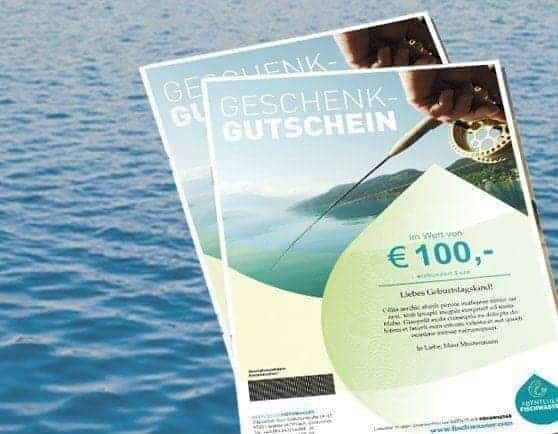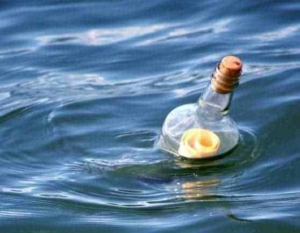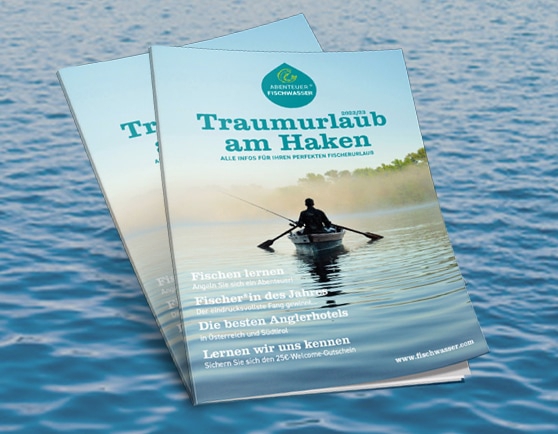Lead pears, lead heads, shot lead – the poisonous heavy metal occurs in many areas when fishing. But that could soon be put to an end, because the issue of lead bans in fishing has been simmering at EU level for a long time.
It is estimated that between 2,000 and 6,000 tonnes of lead are brought into EU waters every year through fishing. Small pieces of lead that are eaten by water birds are particularly problematic.
For example, the UK introduced a ban on lead weights below 28 grams over 30 years ago. In Denmark there has been a general ban on the use of lead in fishing since 2002.
Advantages of lead & sustainable alternatives made of tungsten, concrete, steel or stone
Lead is so popular and practical because, due to its high density, it offers a lot of weight for little material. This is a decisive advantage, especially when it comes to spin fishing and carp fishing, where it is often thrown far. But there are alternatives!
Tungsten has an even higher density than lead, but is much more expensive. It has been used for a long time in fly fishing , where only minimal weights are required.
For carp anglers, there are lead alternatives made of concrete (e.g. Ufosinker), steel (e.g. steel anglers), or stone (e.g. Fishstone). When it comes to spinning baits, manufacturers usually work with tungsten and concrete – for example for jig heads.
Part 6 on “Sustainable Fishing” …
… is dedicated to the final topic “Enjoying nature instead of hunting for size” and why the mindset of anglers plays such a decisive role for future generations …
© Text: Stefan Tesch, Fisch Ahoi: www.fischahoi.at






